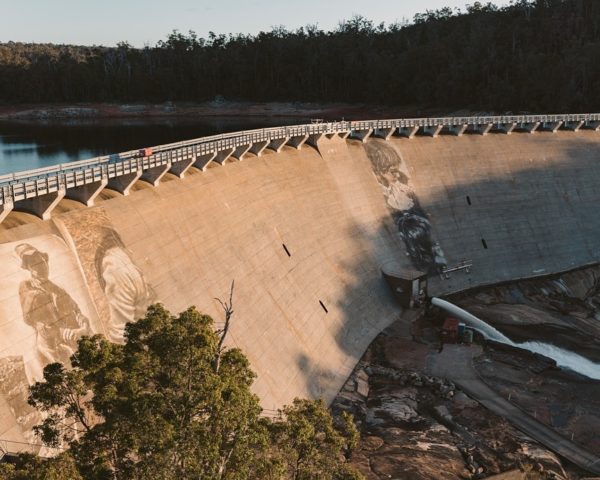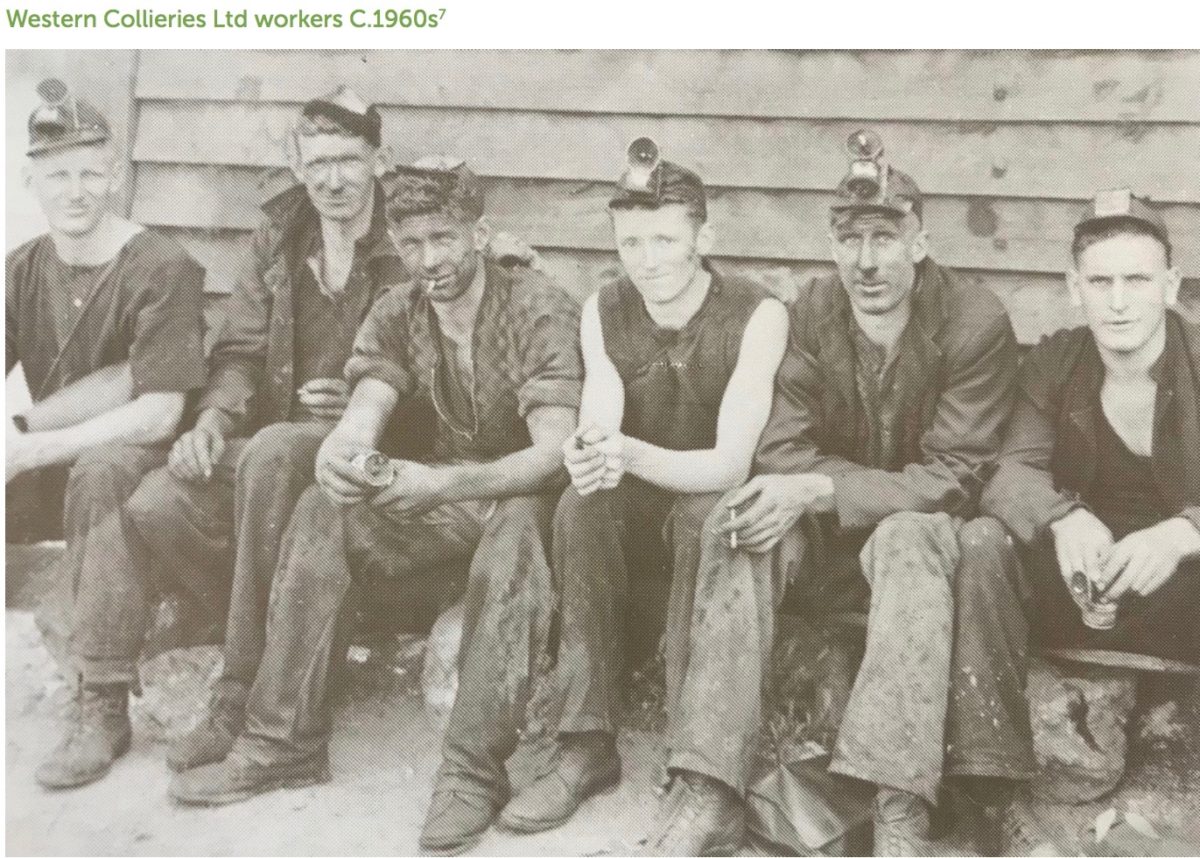The Western Australian (WA) Government has outlined its Just Transition plan to support the coal-town of Collie’s transition away from obsolete emissions-intensive industry. Like the New South Wales (NSW) Government with its massively upscaled energy transition plan, WA is aware that a ‘just transition’ is not only the best political pathway through this unprecedented transfer, but also the best moral pathway.
Collie, located 200kms from Perth in the heart of the South West Interconnected System (SWIS), has powered WA since the 1880s with its two coal mines. The mines and power stations employ around 1,250 works and contractors.
WA Premier Mark McGowan said that Collie is in a crucial phase in the proud town’s history, noting that the town has been an integral servant to the State’s economy and energy landscape. However, “as WA’s energy system shifts from traditional generation to increased reliance on renewable energy and storage, our dependence on coal will naturally decline.”
The ‘Just Transition’ for Collie is a framework to support workers, and the community of Collie, in what the government sees as a 10-15 year process.
The framework outlines various ways in which the town can be guided through this transition with minimal negative impacts. Indeed, the guiding principle of the framework is that ‘we’re all in this together’ and no-one is left behind. Toward this end, the framework looks to encourage investment in Collie from low emission, technological and job-rich sectors that maintain employment opportunities.
On top of this, the framework will strive to ensure that there is “comprehensive information, opportunity and choice to retrain, reskill/upskill or take an alternative pathway within a reasonable timeframe” for those impacted by the change.
While individual companies will be directly responsible for supporting workers, the WA Government has put up $60 million for the Collie Industry Attraction and Development Fund. Among other things that money will be used to help fund the construction of tourist attractions such as adventure bike trails and mural trails, while also boosting emergency services. Moreover, $18 million is also going to the Collie Futures Fund.
According to the South Western Times the enormous art project known as the Collie Mural Trail promises to bring a surge of tourism to Collie. Perhaps the most notable attraction is set to be the Wellington Dam Mural being painted by world-renowned Canberra born artist Guido Van Helton. The Dam Mural, when completed, is thought to become the world’s largest mural painted by a single artist. Van Helton is said to have met with Collie locals prior to starting on the project, gathering information and peering through photo albums. Although we can’t be sure until the project is complete, photos of the in-progress mural suggest it might already be celebrating the town’s coal-mining history.

Collie-Preston MLA Mick Murray said the Government’s plan “has been developed in conjunction with the community with the best interests of the community’s future at heart…We haven’t shied away from the fact that Collie’s main industries are facing major challenges.”
Premier McGowan commended Collie for taking steps toward its transition and said that his Government is committed to a Just Transition “and to create a strong future as the world shifts away from a dependence on coal and coal-fired energy production.”
Collie at the crossroads
In January, think-tank Beyond Zero Emissions published a report looking directly at the near-future for fossil-fuel industry dependent towns and communities like Collie. The report suggested that Collie has great hope for renewal, a hope founding on the state’s rapid transition to renewable energies.
The Collie at the Crossroads report suggests that Collie need not despair, like other fossil-fuel communities around Australia, Collie can share in the country’s low-carbon economic future. Sustainable industry and manufacturing can “underpin the next century of prosperity for Collie’s people.”
The ‘Just Transition’ does not quite meet the measures suggested by BZE, such as a 100% WA Renewable Energy Target by 2030 along with a $2.5 billion WA Sustainable Industry Investment Fund to drive the transition to clean manufacturing and industry, but it cannot be said that the WA government is not making headway in these areas.
Nevertheless, the key to a just transition, BZE argues, is the reskilling of workers while they’re still employed. BZE cites the University of New South Wales (UNSW)’s Industrial Relations Research Centre understanding that substantial investment in training and innovation programs helped the successful transition of Germany’s Ruhr Valley away from coal mining.
Some of the new industries BZE identifies are solar PV, onshore wind, pumped-hydro, green hydrogen, coal plant decommissioning, sustainable building materials such as cement, low-carbon manufacturing, engineering timber, recycled steel, shipbreaking, and lithium-ion battery recycling. Collie, BZE suggested, could be home to a PV panel recycling plant. The International Renewable Energy Agency (IRENA) estimates the value of materials in retired PV units will total $15 billion per annum by 2050.
Nobody can know what the exactly the future holds for Collie, but one thing can be sure, Collie has a future and it’s not a coal-powered one.
This content is protected by copyright and may not be reused. If you want to cooperate with us and would like to reuse some of our content, please contact: editors@pv-magazine.com.









By submitting this form you agree to pv magazine using your data for the purposes of publishing your comment.
Your personal data will only be disclosed or otherwise transmitted to third parties for the purposes of spam filtering or if this is necessary for technical maintenance of the website. Any other transfer to third parties will not take place unless this is justified on the basis of applicable data protection regulations or if pv magazine is legally obliged to do so.
You may revoke this consent at any time with effect for the future, in which case your personal data will be deleted immediately. Otherwise, your data will be deleted if pv magazine has processed your request or the purpose of data storage is fulfilled.
Further information on data privacy can be found in our Data Protection Policy.